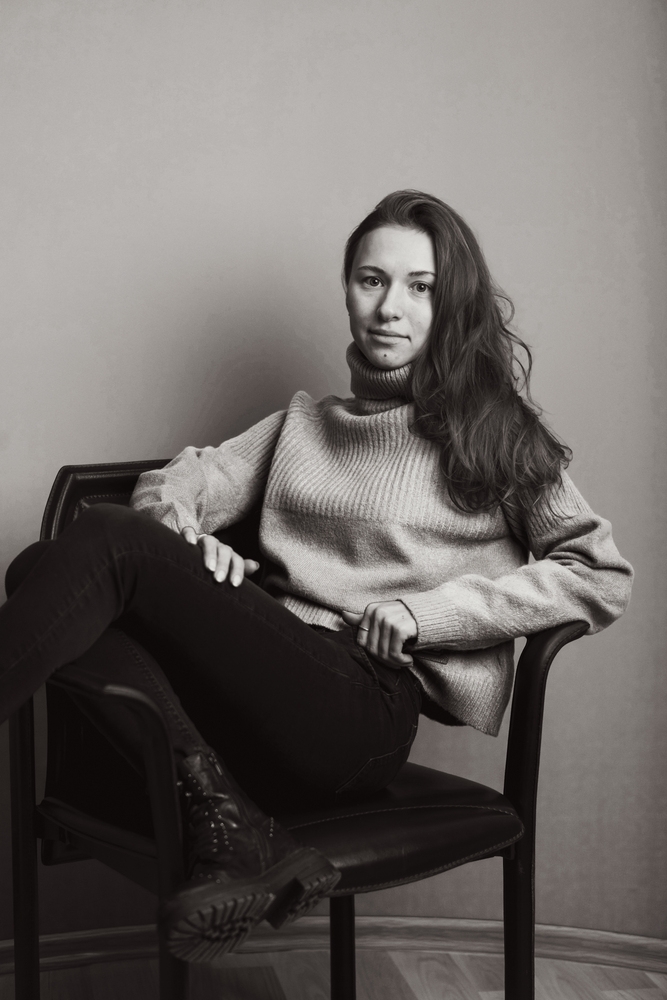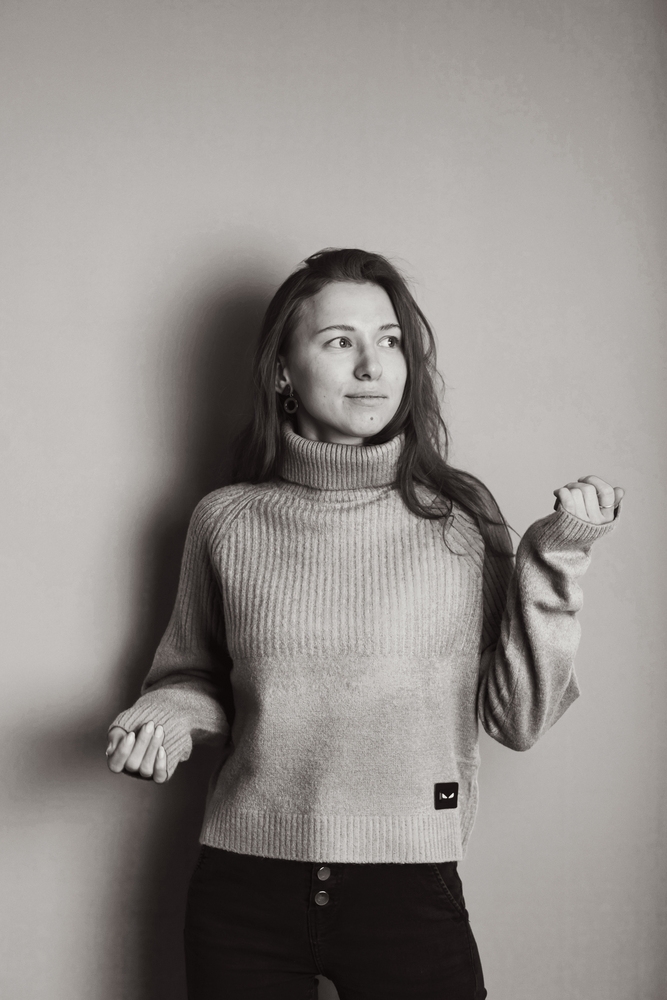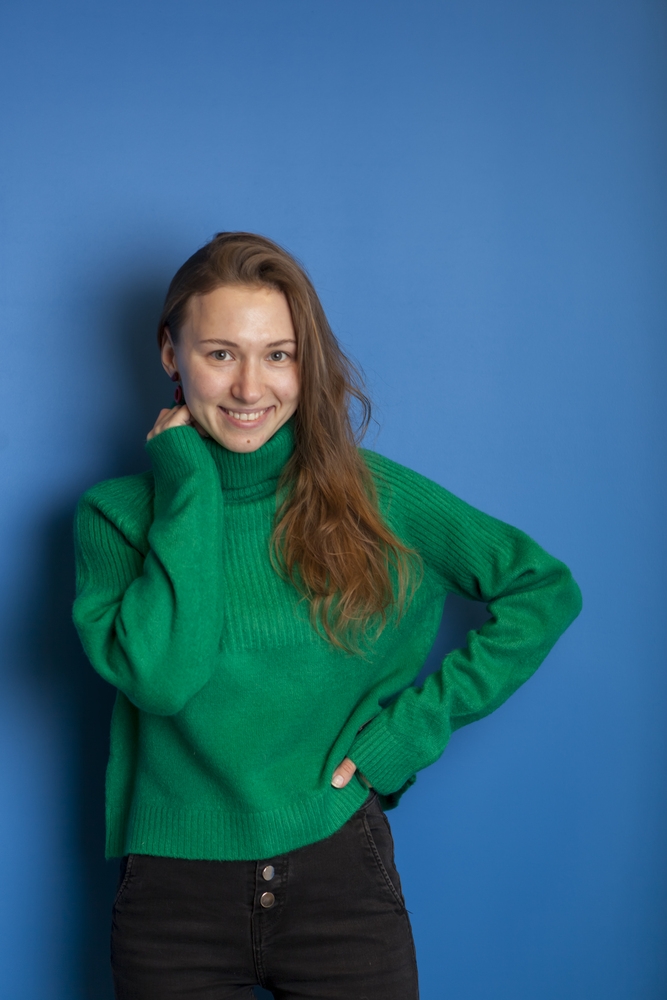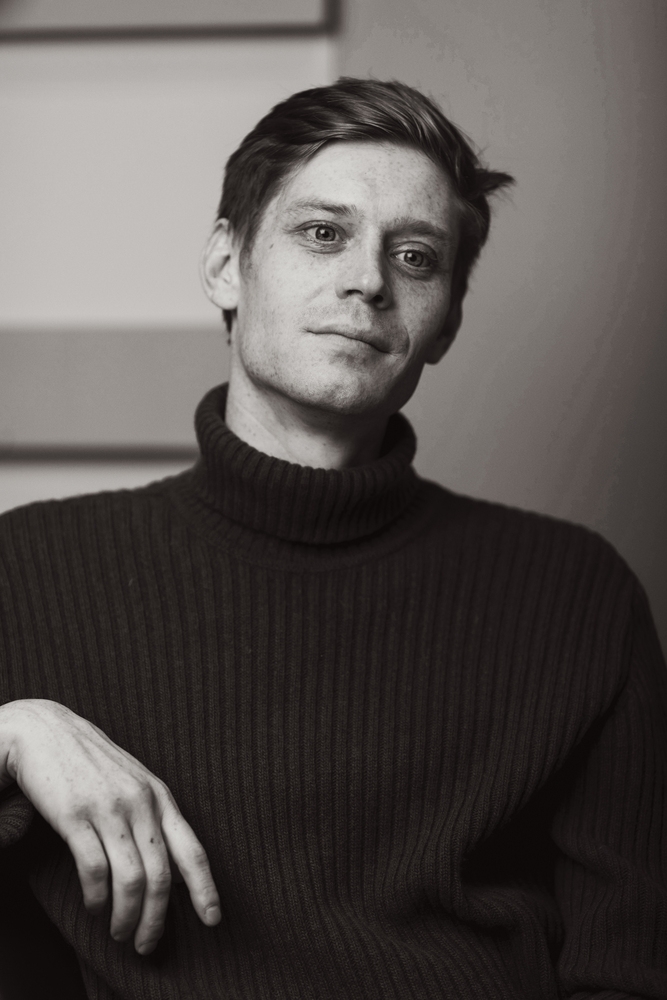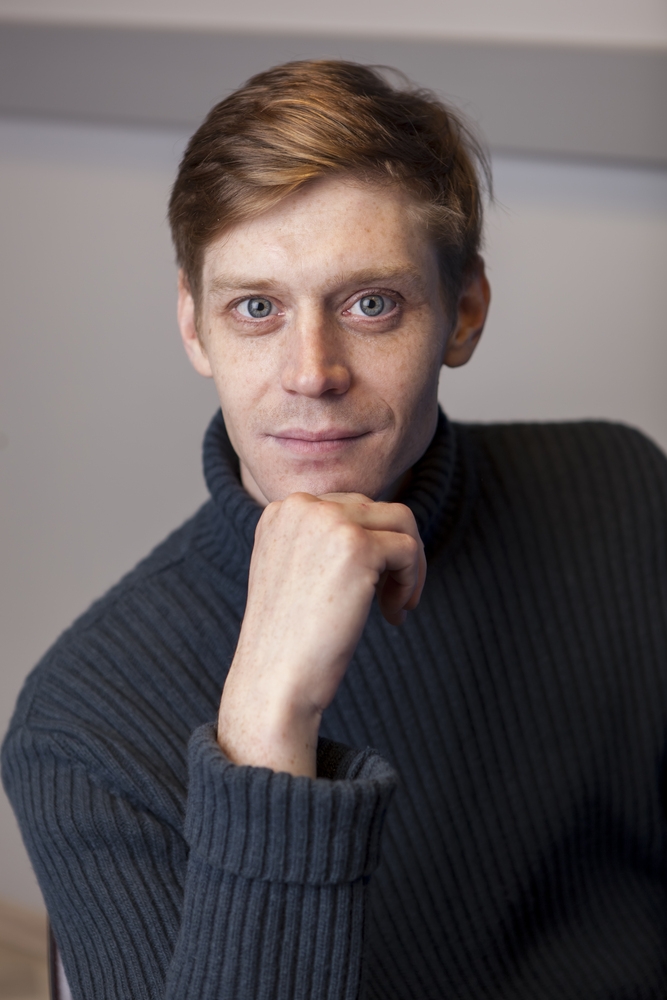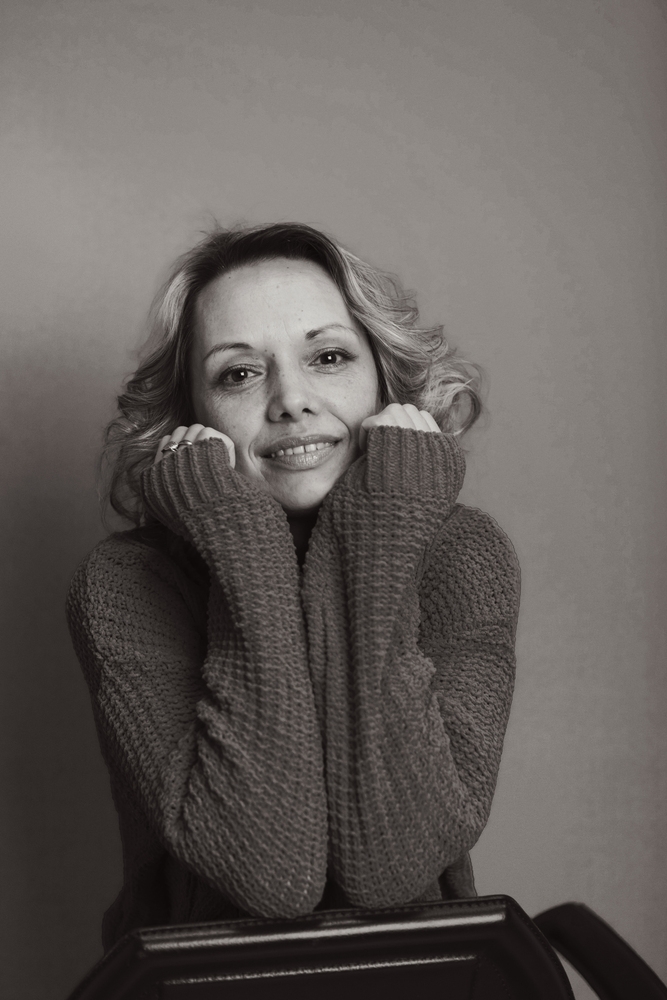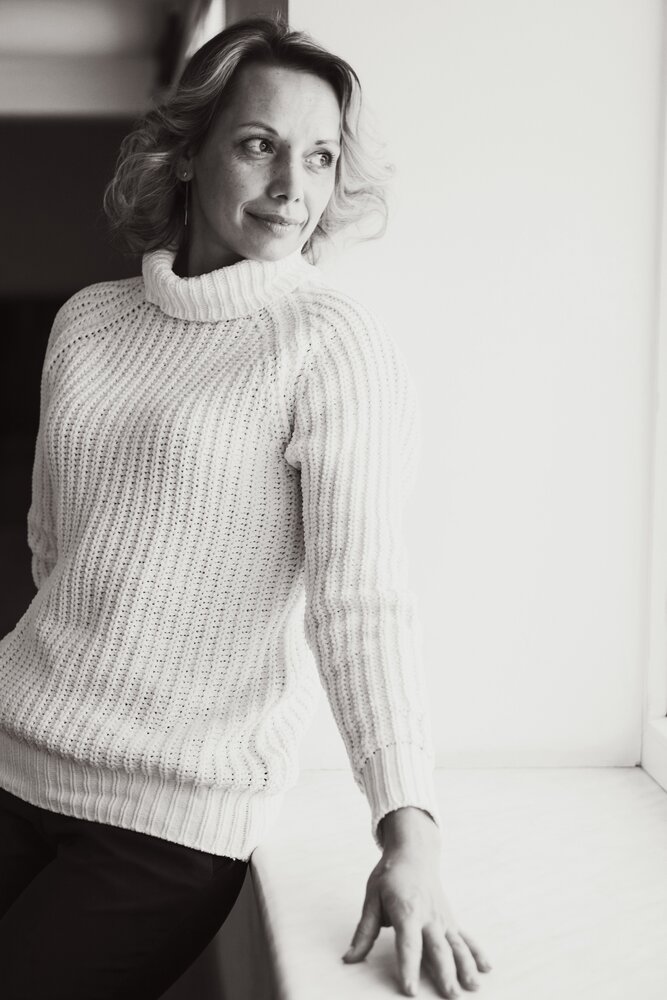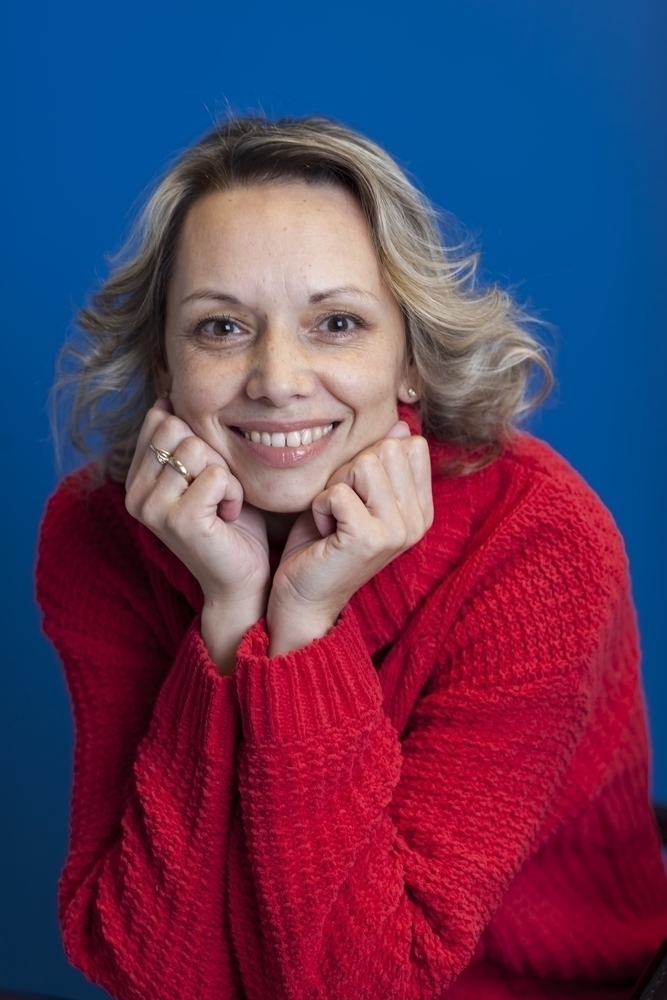This time, we are sitting down with the employees of Kristall (Crystal), a diamond cutting and polishing factory in Smolensk, Russia. We are going to discuss their fascination with rough diamond processing and trade opportunities at the factory.
Interviewer: Alyona Budkova
Photo by Anastasiya Merenova
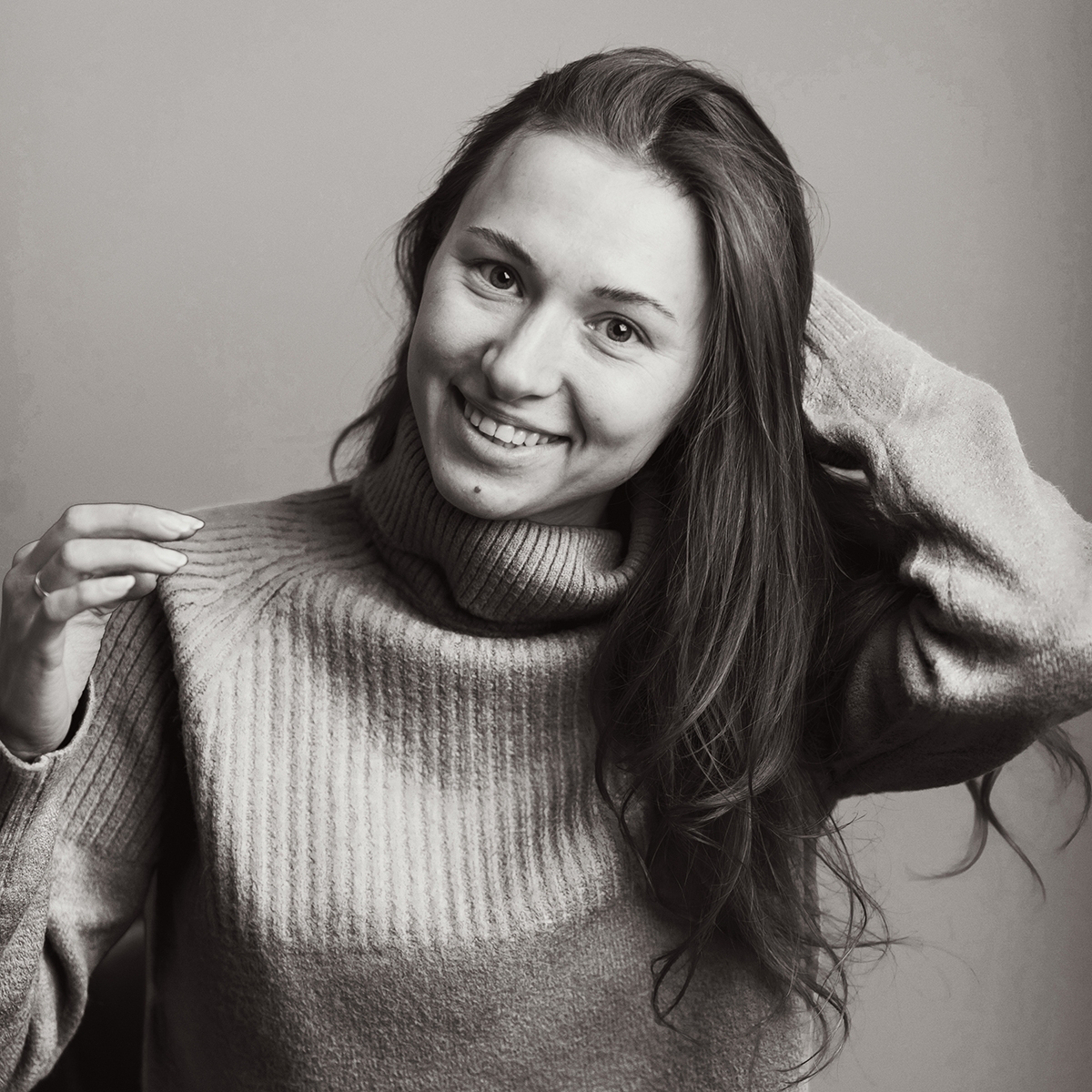
Anastasiya Silyayeva
a Kristall cutter and polisher«When it comes to rough diamond processing, remember two things: Take your time and follow the instructions to the letter»
I was born and raised in Smolensk, a big Russian city famous for its Kristall factory. Everyone and their mother knew what Kristall was since they were babies. I was no different. «Smolensk is the capital of diamonds,» said the banners all around the city, and they were true: a lot of people work there. I have friends who’ve been with Kristall for years; I also know people whose parents work at the factory.
Personally, working at Kristall had not been my intention at all: I’d majored in something completely unrelated to rough diamonds. One day, after the final exams, I was walking down the street and came across Kristall in all of its glory. I was curious enough to fill out a job application with no serious thought behind it: after all, I was on maternity leave. A few months later, they invited me for an interview, and so began my training to become a rough diamond cutter and polisher.
The training took six months. It was challenging, but so much fun. At times, it got overwhelming, but my teachers and my instructor stood by me through it all. After passing the grade, I was transferred to the main production area, where I continued to improve my cutting and polishing skills. All cutters make it a rule to get better and better because there are always new, tougher requirements for a finished diamond. Our job is to be able to meet those requirements head on.
After a year on the job, I was awarded my first «Young Employee of the Year» certificate, which is a big thing at Kristall; as the name suggests, it takes place once a year. I participated and won three years in a row. This is the best motivation I could ever get. It makes you want to skill up even further.
The thing about my job is that I cannot function without a technologist. Whatever they say goes. They tell me what to do, I do it. We are supposed to work in sync with each other, like a well-oiled machine. When it comes to processing, remember two things: Take your time and follow the instructions to the letter.
I love rough diamonds and diamonds. We are a match made in heaven. Just think about it: an unremarkable, boring crystal becomes a diamond, sparkling colorfully in the light. Some might even call it a miracle! You know what is particularly satisfying? When you’ve been working on a piece for a few hours, and here it is, finally—a sliver of sparkle, a beautiful diamond borne through your own hands. It is always surprising. Before getting to work, I always think: «I can’t do it!» But then I can. I can’t stop smiling afterwards.
There are a number of trades available at Kristall. I think if you work at the factory long enough, you will have time to learn all of them. You will literally become a master of all trades! Next, I would like to get better at marking, and become a process engineer. I think it would be a great professional opportunity for me. It is smart career-wise, not to say exciting: You basically create a whole diamond from scratch.
It is not yet possible to fully automate the process in our production facility. Flexibility, precision, and attention—these are the three pillars supporting our trade. A person does whatever a machine cannot do.
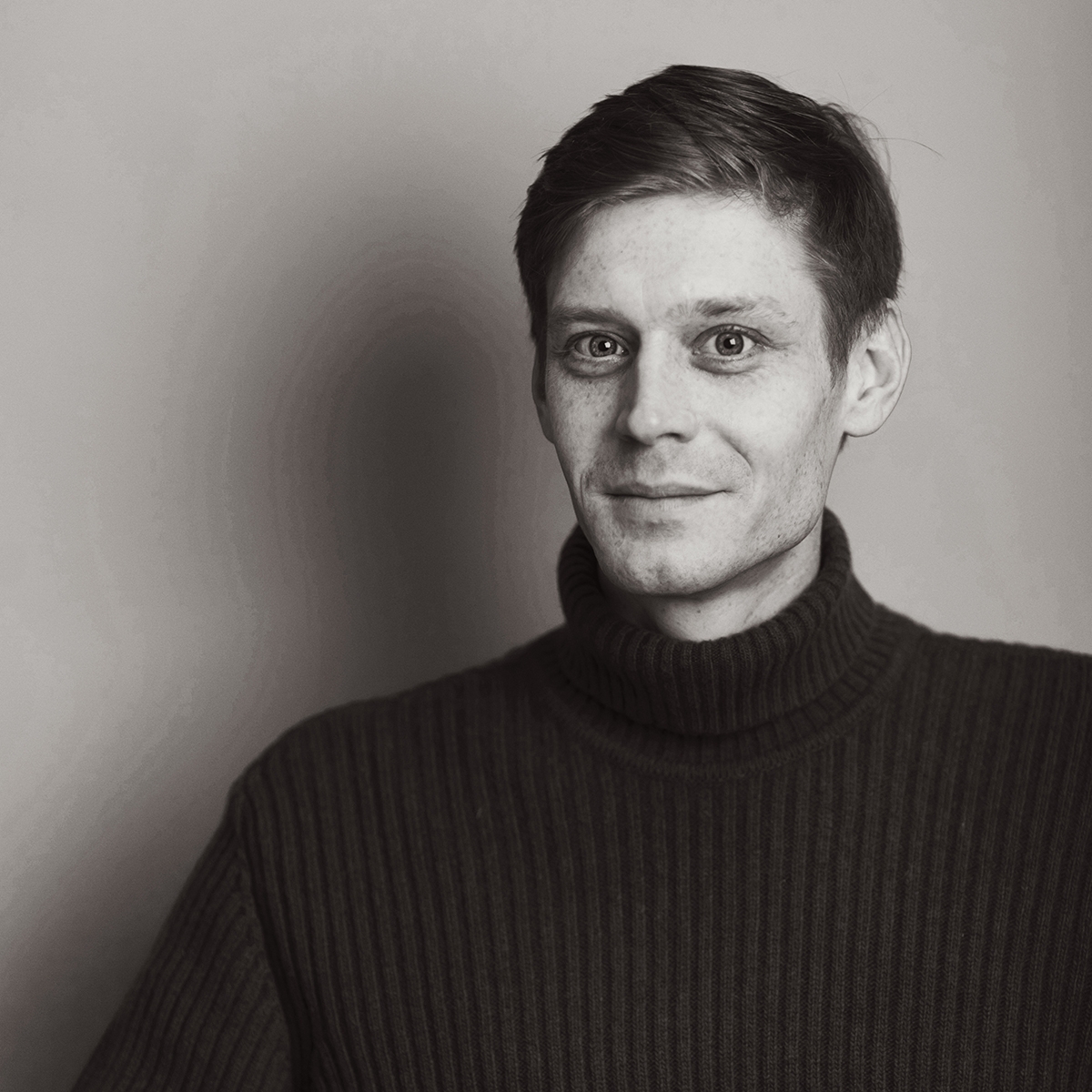
Artur Khismatullin
Process Engineer, Category 3 at Kristall«I use my Africa experience at Kristall»
My whole family is in the rough diamond industry. My parents and my aunt were in the rough diamond cutting and polishing industry for 30 years. I had always known what I wanted to do in life. I’ve spent 11 years at Kristall. I started as a rough diamond bruter; I basically formed the outline of a future diamond. Then I worked as a marker and a process engineer. In my opinion, the key to success is understanding the entire process from rough to polished. The best-case scenario, you actually work all these jobs and go through it yourself. Only then will you do your job well.
I am really thankful I got to work as a gemologist in West Africa. Since I was the only gemologist in the company for eighteen months, I had to adapt, and quickly: learn new things, train, and get better by leaps and bounds. I use the experience I gained there at Kristall. For example, I introduce new technology into our processes. Besides, I am always happy to help my coworkers whenever they need me.
I travel to Africa from time to time. The time I spent there changed my world view. I will never look at rough diamonds the same way I used to. Most people are not even aware that there is still slavery, famine, and other horrors. «Blood» rough diamond mining still fuels human suffering as slaves are used to extract rough diamonds. There are settlements in the deep jungle that live off the sale of rough diamonds. They will sell a big rough diamond, and the profit will support their entire village. So seeing people make foolish mistakes makes me upset. They might know how it’s done, theoretically, but when it comes to practice, they can be negligent. The human factor is not always to blame. I wish I could send all these negligent people to Mirny or someplace else where they mine diamonds. Sometimes, you need to see something with your own eyes to realize how hard it actually is.
My job is all about making decisions. For example, is it worth cutting out the graphite? Whatever you calculate goes. It is like that every day. Rough diamond processing means making tough calls. It is going to be effective, currency-wise? How much do sub-finishers get? and etc.
You have to be cynical and smart at the same time. I’ve been working with rough diamonds my whole life. At this point, it is second nature. I still get the wow effect, though, whenever I lay my hands on large rough diamonds or unique inclusions.
There is something we call "clouds«—a cluster of small white pinpoints within rough diamonds; they are usually considered a defect. But whenever I think about it, one particular cloud comes to mind. These clouds usually have blurred shapes and no clear boundaries. But it is not always the case. I once worked on a crystal with pronounced, crystal clear, if I may, boundaries at the very center. They resembled a star. Obviously, this is no longer a defect; it is a feature.
My motto is, learn and keep learning. There are always new machines, new technology. I want to master it all. For example, we have recently introduced Helium DZ to our factory. It studies the color spectrum of fancy rough diamond colors. Once the software scans the rough diamond, it offers cut shapes that will make the color richer. Let’s say the marker predicts an L or M color on the rough diamond. We use Helium DZ to scan the rough diamond. We can then get the fancy light color. We’re talking completely different money here.
Robots might replace us when it comes to some intermediary job. But a robot can never make a cut or a pattern like we do. You need to fiddle with a rough diamond, study it. Only then can you make it. Robots can’t do that.
Yuliya Guseva
a Kristall marker, Smolensk«I imagine a future diamond in a ring on someone’s finger»
It has been 12 years since my friends told me I should try my hand at rough diamond cutting and polishing. I put up a fight at first. After a while, though, I gave up and became a rough diamond cutter and polisher. I used to think we’re incompatible, like oil and vinegar. That was very foolish of me: after six months, my instructor, a person with great expertise, showed me I had great cutting and polishing potential. All modesty aside, I was a quick learner, so I soon passed the grade.
Two years later, they offered me a promotion: I had a degree, so I could go on further to become a marker. Another six months spent on training flew by. I am still learning, though: for example, right now I am studying crystals and their characteristics. My goal is to identify the best cutting technique to shape a rough diamond into a faceted gem and unlock the highest possible value. Once I mark it so that it yields the highest value, my job is done.
Needless to say, mastering this trade was one of the toughest things I’d ever had to do. For my first three years on the job, I was not even sure what I was doing. I missed my cutting and polishing machine and my previous job. I struggled to understand what I was supposed to see in a rough diamond. It took three years of adapting and failing to finally get it. It was like someone switched on the light. I fell in love with my job; Once I knew what to do, it changed everything. I got hooked immediately. When I am on the job, time flies: Sometimes I will spend a whole day fiddling with a future diamond. I’ve become time-blind. It goes like this: I get to the factory, and in the blink of an eye, it’s the end of the day already.
But that is not all that I can do. I can also work as a sorter of rough diamond crystals after they have been sawn. I was also offered training in sorting rough diamond crystals. It was a piece of cake for me: Once you know marking and the general ins and outs of what a rough diamond has to go through, there are a lot of trades you can easily master. They put me to sorting from time to time.
A technologist is the logical next step in my career and at our factory. Again, you can’t do it without marking, though. You will have a hard time training to be a technologist unless you know marking.
It is impossible to replace a marker with a machine. Believe me, if there were, we would know about it because we tried. You can use automation to speed up cutting and polishing, sure; but when it comes to marking, nothing could compare to the more perceptible human eye. We can easily detect color and defects, so marking is for people, not computers.
A rough diamond, in my opinion, is a beautiful creation, a work of art in and of itself. Sometimes I imagine a future diamond in a pendant or a ring on someone’s finger. I care about every single gem because I put my whole heart into it, especially when it comes to large rough diamonds. They always show me the diamond after it has been cut and polished, and it makes me so happy. I can never believe I was involved in making that.
Sometimes I get my hands on very one-of-a-kind inclusions, like that one time, with a rough diamond inside a rough diamond. This was no ordinary gem. It was exclusive. We decided to keep that rough diamond as is.


